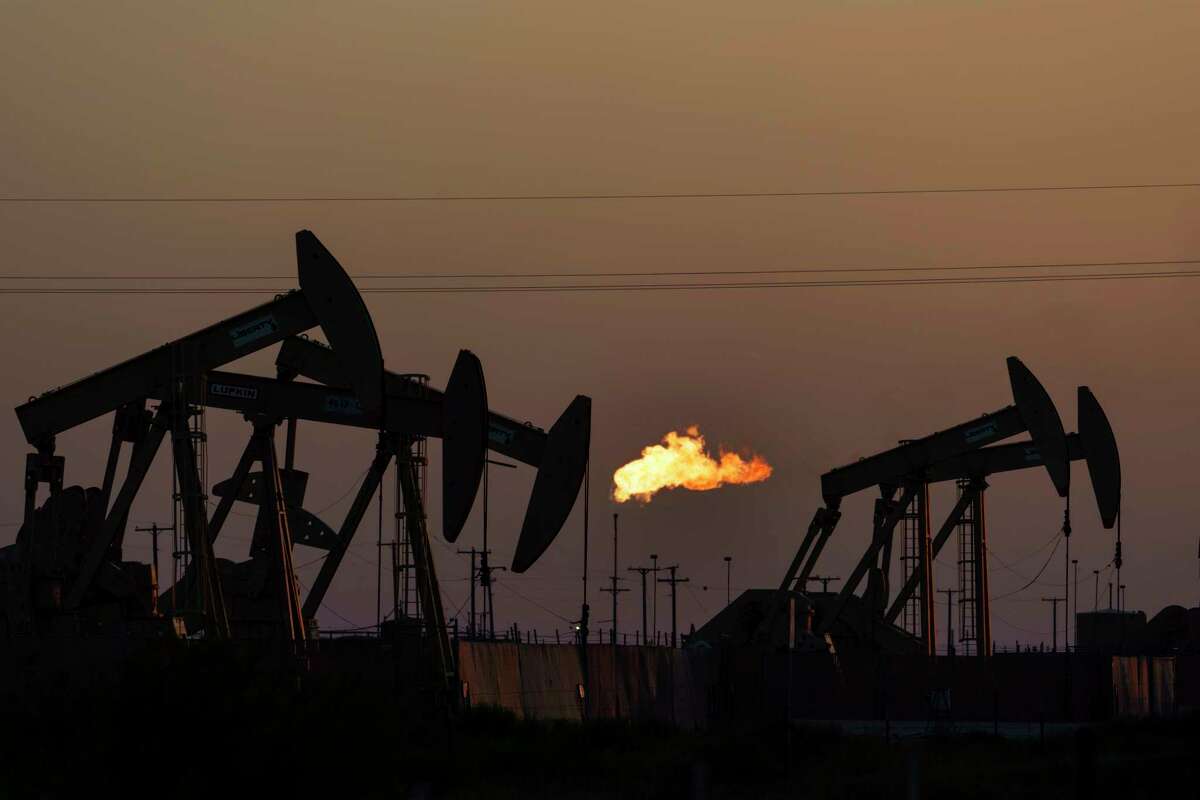United States Orders Matador Production Company to Reduce Unlawful Air Pollution
Matador’s compliance with the consent decree will result in a reduction of more than 16,000 tons of pollutants, including oxides of nitrogen (NOx), volatile organic compounds (VOCs), and carbon monoxide (CO). VOCs and NOx are key components in the formation of ground-level ozone, a pollutant that irritates the lungs, exacerbates diseases such as asthma, and can increase susceptibility to respiratory illnesses, such as pneumonia and bronchitis. In addition, as a co-benefit of these reductions, the consent decree will result in significant reductions of greenhouse gas emissions, including reducing methane – a powerful greenhouse gas, by more than 31,000 tons, measured as carbon dioxide (CO2) equivalent. This is similar to the amount of greenhouse gas reductions that would be achieved by taking 6,060 gasoline powered vehicles off the road for one year. Greenhouse gases from human activities are a primary cause of climate change and global warming. The Clean Air Act (CAA) requires the EPA to set National Ambient Air Quality Standards (NAAQS) for criteria pollutants that are considered harmful to public health and the environment. Ozone, CO and nitrogen dioxide (NO2, a component of NOx) are criteria pollutants emitted by oil and gas production facilities, such as those operated by Matador where the alleged violations occurred. During the timeframes of Matador’s alleged violations, air quality monitors in the relevant counties in New Mexico registered rising ozone concentrations exceeding 95% of the NAAQS for ozone. In counties where ozone levels reach 95% of the NAAQS, NMED is required by New Mexico state statute to take action to reduce ozone pollution.

